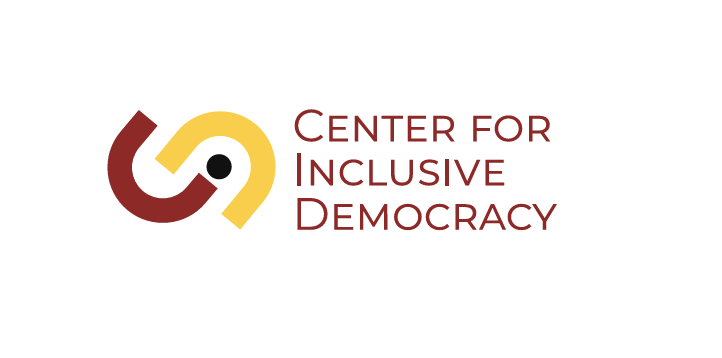Researchers have increasingly paid attention to the impact that the administrative component of elections has on voter behavior. Existing research has focused almost exclusively on the effect that legal changes–such as voter identification laws–have on turnout. This paper extends our understanding of the electoral process by exploring how one aspect of the precinct experience–standing in line to vote–can shape the turnout behavior of voters in subsequent elections. I demonstrate that for every additional hour a voter waits in line to vote, their probability of voting in the subsequent election drops by 1 percentage point. To arrive at these estimates, I analyze vote history files using a combination of exact matching and placebo tests to test the identification assumptions. I then leverage an unusual institutional arrangement in the City of Boston and longitudinal data from Florida to show that the result also holds at the precinct level. The findings in this paper have important policy implications for administrative changes that may impact line length, such as voter identification requirements and precinct consolidation. They also suggest that racial asymmetries in precinct wait times contribute to the gap in turnout rates between white and non-white voters.
How Lines at the Precinct Depress Future Turnout



